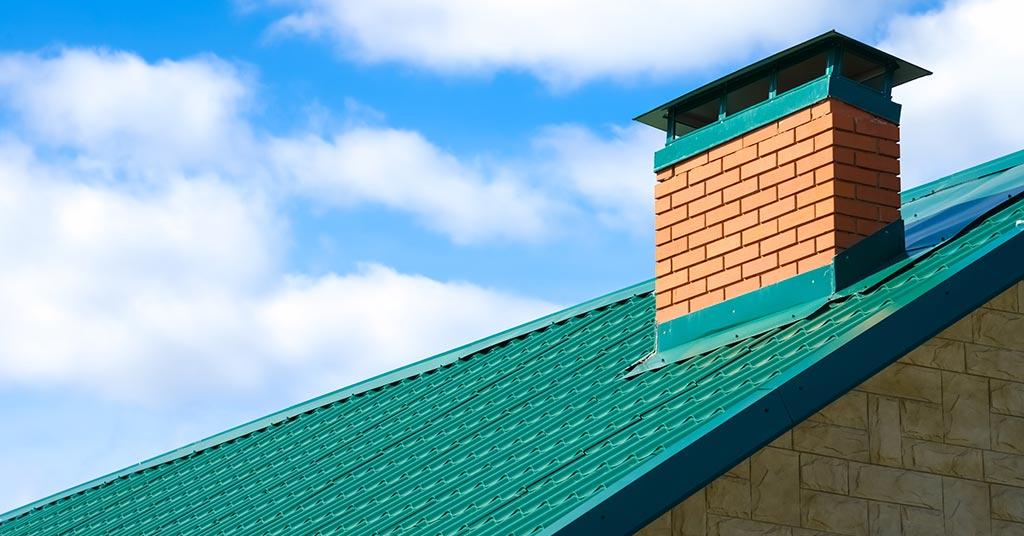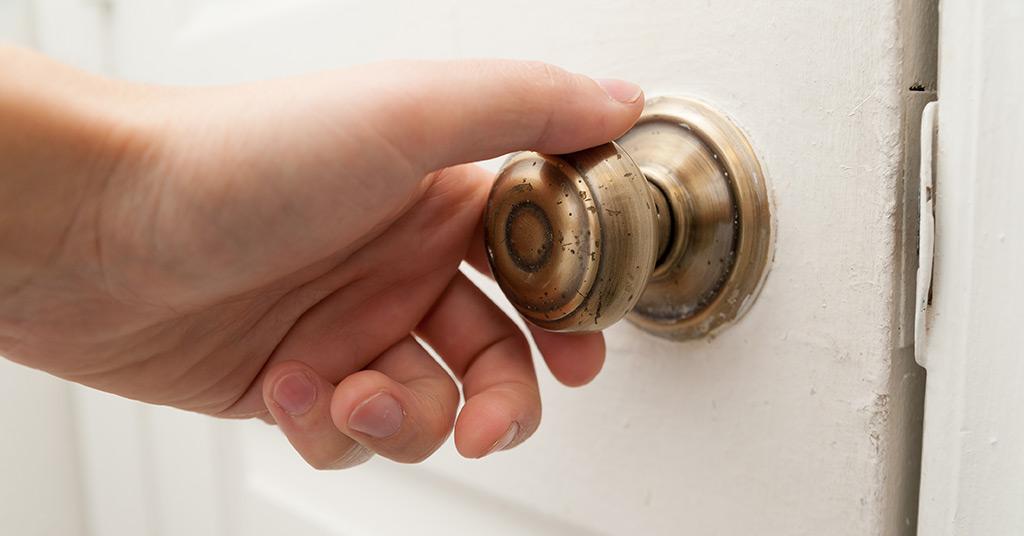
With the price of electricity rising annually, and the average South African household spending 30% to 40% more on electricity during the cold season, keeping warm is costing us a lot.
The good news is that there are a number of inexpensive ways to ward off the icy chill of winter, without cranking the heating up to full. Some of these methods are also ideal for minimising the heat that’s lost during load shedding – which is never fun in winter!
Reverse ceiling fans
Simply reversing ceiling fans can save on heating costs. In summer, these fans rotate counterclockwise, directing cool air downwards.
In winter, setting them to rotate in a clockwise direction causes them to draw cool air upwards. This causes warmer air (which naturally rises) to be forced back down into the room.
According to apartment therapy, this simple step can reduce heating costs by as much as 10%.
Make the most of your radiator
If you have a wall-mounted heater or a radiator, maximise its warming potential by sticking aluminium foil on the wall behind it, with the shiny side facing outwards.
This will prevent the cold wall behind the heater from absorbing the heat, instead reflecting the warmth back into the room.
Cover bare floors
Uninsulated flooring accounts for up to 10% of heat loss in the home. Retaining this heat will make your house significantly warmer.
A sensible and cost-effective way to do this is to cover tiled or wooden flooring with rugs or even blankets. This will trap heat and help keep your feet toasty.
Hang thick curtains
Hanging thick curtains is a common-sense way to prevent heat loss through windows. The thicker the fabric, the better. For maximum insulation, buy curtains with thermal lining, or line them yourself with inexpensive fabric such as fleece.
For added insulation, install a curtain over your front door to keep out cold draughts.
Short on funds? A blanket can be amazingly effective at keeping cold from getting through a window or glass door into your living area. You can always take it down before guests arrive (or just choose a really attractive one).
Let the sunlight in
If you leave home early to get to work, it’s probably still dark when you leave. For this reason, it might not occur to you to open all your curtains and blinds.
If it’s likely to be sunny later, though, it’s worth taking the time to do this. Allow the natural heat of the sun to warm your home, and you’ll have less need for electrical heating in the evening.
Retain as much of this free heat as possible by closing your curtains or blinds as soon as the sun goes down.
Keep your chimney closed
An open fireplace will allow heat to escape and pull in cold air from outside. To prevent heat loss through your chimney, you can use a fireplace with a glass front.
Alternatively, buy a cheap chimney balloon or woollen insulator, and keep the flue closed when the fireplace isn’t in use.
Block draughts
Sealing your window frames and doors with a 10-millimetre strip of foam can go a long way towards trapping heat indoors.
Old-fashioned draught excluders, or “draft snakes”, are excellent for blocking the gaps between the base of doors and the floor. Make your own inexpensive one by filling an old pair of stockings with dry grains or pulses.
Alternative insulation for windows
Did you know you can reduce heat loss via windows by up to 50% by tacking bubble-wrap off-cuts to your window panes?
This might not be the prettiest option. Over time, it may also encourage growth of mould.
However, it’s certainly a cost-effective way to insulate your home – even if you use it just for windows that aren’t visible from the street.
Keep the doors closed
Keeping doors closed can help retain heat in certain rooms and prevent heat loss through rooms that aren’t in use.
If you have an open-plan house, room dividers can also help trap heat in the areas where you spend the most time.












